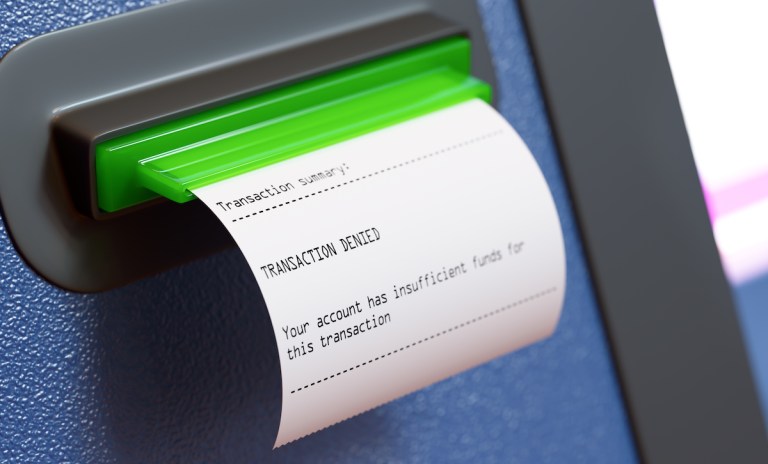
Last year, overdraft fees charged by banks — representing a revenue stream tied to account use — slipped by 24% to $5.8 billion.
The industry is off its peaks for those fees, as 2019 saw overdrafts/non-sufficient fee revenues near $12 billion, as estimated earlier this year by the Consumer Financial Protection Bureau.
“Evidence continues to suggest that financial institutions are generally not increasing other checking account fees to compensate for reduced overdraft/NSF revenue,” the CFPB said in April. “Across all reporting banks, combined account maintenance and ATM fees remained flat from 2019 to 2023.”
The oversight on those fees continues, as the CFPB said last week that it would target banks using “phantom opt-in agreements” — cases in which banks claim to have customer consent to charge overdraft fees but can provide no proof. Earlier this year, the agency moved to cap the fees at $3.
Beyond the regulatory scrutiny, overdrafts are arguably a staple of financial services. As the Federal Reserve Bank of New York’s Liberty Street Economics found in April, “the large majority” of consumers surveyed “knew how often they overdrew their account and by how much. Their overdraft experience, we find, begets knowledge; of respondents who overdrew their account in the previous year, 84% knew the fee they were charged, roughly twice the share for other respondents.”
The data suggests, then, that there’s a knowledge base regarding overdrafts, when they’re incurred, and how much they cost.
The debate surrounding the use of overdrafts — and banks’ role with them — is especially timely, as PYMNTS Intelligence found that more than 60% of consumers live paycheck to paycheck. These consumers were six times more likely to have attempted a transaction without sufficient funds in the past year, with more than two-thirds of those transactions resulting in an overdraft fee being paid.
The American Bankers Association estimated that “a strong majority of Americans appreciate and value bank overdraft programs. More than two-thirds of consumers (67%) find their bank’s overdraft protection valuable — as compared with only 16% who do not find it valuable.”
Banks have been changing their overdraft policies. For instance, TD Bank began giving a 24-hour grace period in 2022, and Wells Fargo started extending its own grace period last year.
A few recent acquisitions have noted the use of technology to help banks manage overdraft programs, reach out to customers or extend grace periods. Other banks, such as Ally Bank, have ended overdraft fees entirely.
To that end, FinTech provider CSI acquired overdraft management software firm Velocity Solutions this month.
The company’s overdraft management solution allows bankers to establish controls according to account behavior, giving them access to a real-time dashboard that tracks the health of their overdraft program.
Elsewhere, Discover debuted a new overdraft protection tool for its debit card customers in July. Balance+ offers fee-free discretionary overdraft coverage for day-to-day debit card transactions. Balance+ enables Discover’s Cashback Debit account holders to overdraw their checking account up to $200 on debit card purchases without accruing fees.